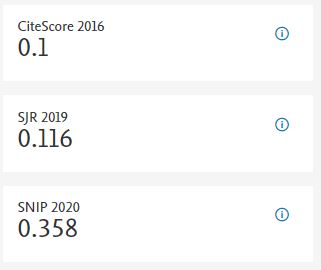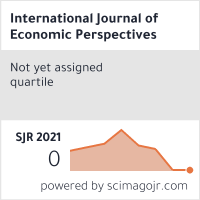A STUDY OF AGRICULTURAL FINANCE IN INDIA
Abstract
Agricultural financing, which enables farmers to carry out activities smoothly and without any obstacles, requires long-term planning, which is actively encouraged by the Indian banking sector. At both the local and macro levels, agricultural finance was investigated. For agriculture to reach its full potential as a lucrative endeavor, access to institutional finance for farmers as well as the proper quantity and quality of agricultural credit are essential. Together, co-operatives and commercial banks are unable to get rid of money lenders and local bankers who are providing loans at exorbitant rates. Yet, the commercial banks' loans to the agricultural sector have helped farmers cut back on borrowing from non-institutional sources.Macro finance deals with various methods of financing the agriculture industry. It is also involved in the lending process, laws, rules, oversight, and control over numerous agricultural credit institutions. As a result, agriculture is supported at the group level by macro-finance. The study of how credit provides funding and liquidity to farm debtors is known as agricultural financing. It is also referred to as the study of financial intermediaries that lend money to farmers and the financial markets where these intermediaries buy the money they lend out. The research article examines the financial and liquidity services that credit offers agricultural borrowers. It is also regarded as a study of the financial intermediaries that lend money to the agricultural industry as well as the financial markets where these intermediaries receive the loanable capital they need.














